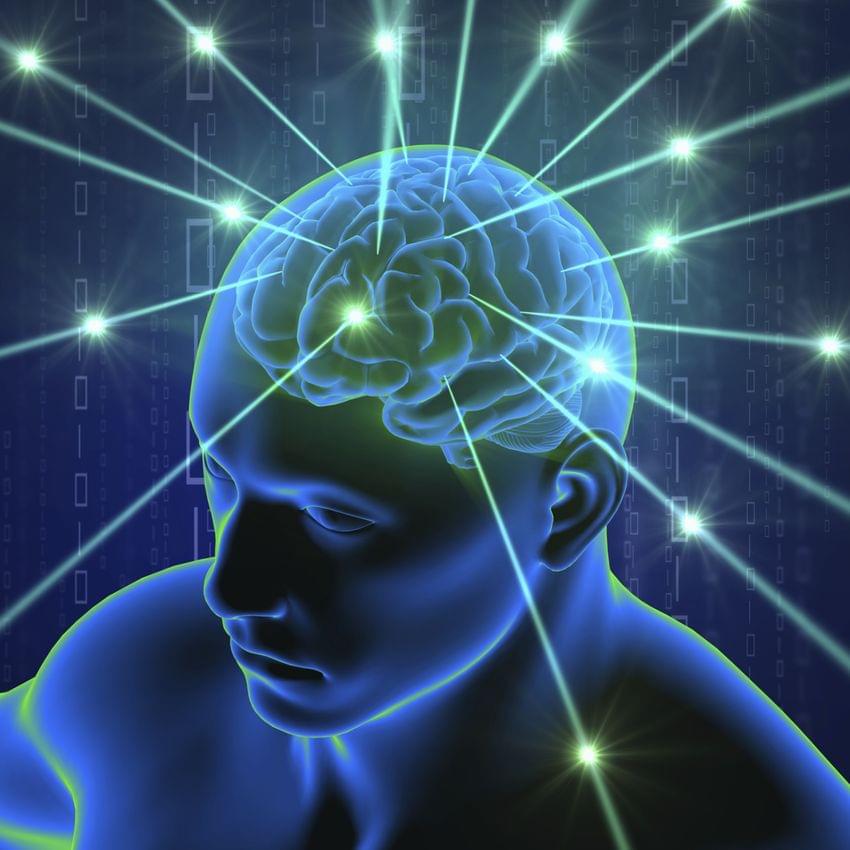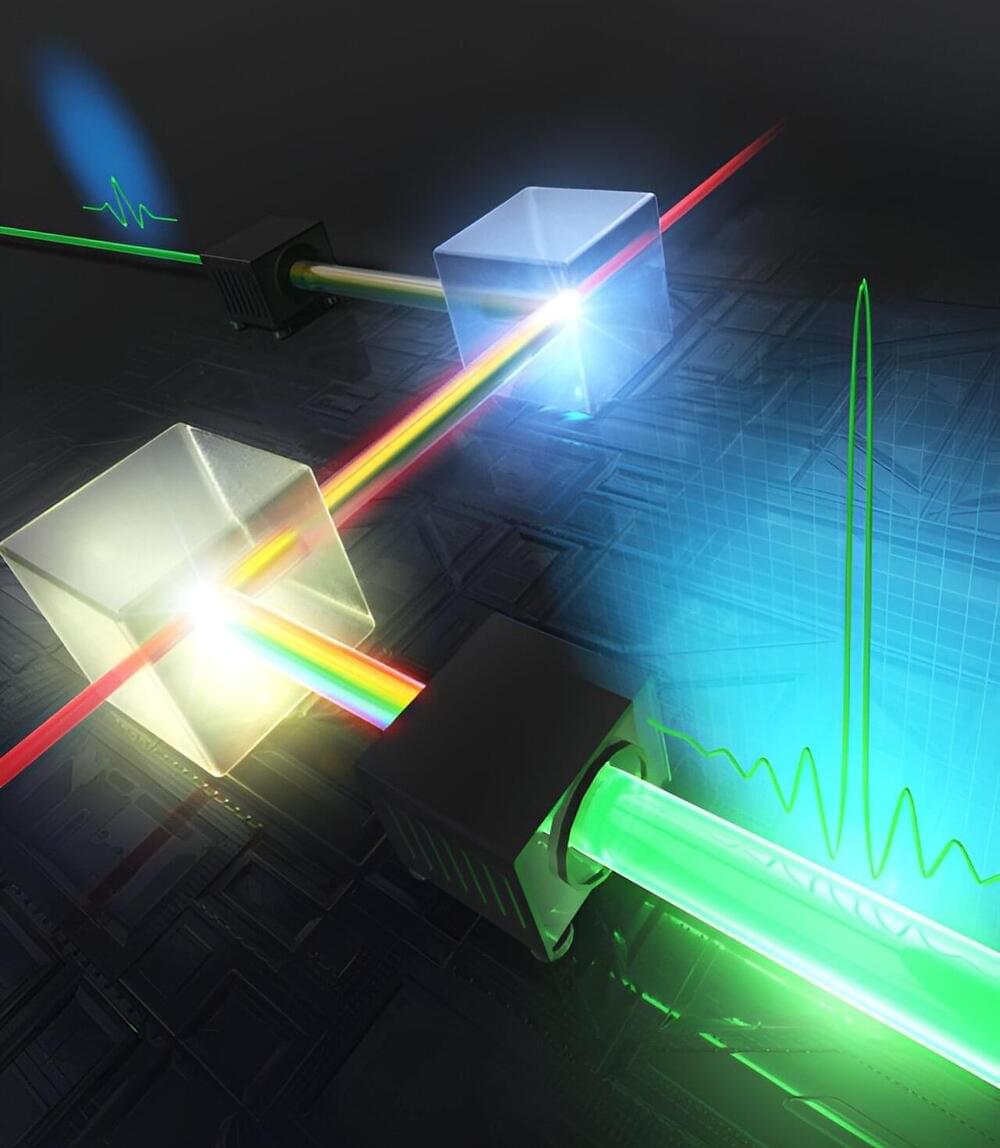NASA keeps adding nations to its international commitment for responsible moon exploration.



Imagine a world where machines aren’t confined to pre-programmed tasks but operate with human-like autonomy and competence. A world where computer minds pilot self-driving cars, delve into complex scientific research, provide personalized customer service and even explore the unknown.
This is the potential of artificial general intelligence (AGI), a hypothetical technology that may be poised to revolutionize nearly every aspect of human life and work. While AGI remains theoretical, organizations can take proactive steps to prepare for its arrival by building a robust data infrastructure and fostering a collaborative environment where humans and AI work together seamlessly.
AGI, sometimes referred to as strong AI, is the science-fiction version of artificial intelligence (AI), where artificial machine intelligence achieves human-level learning, perception and cognitive flexibility. But, unlike humans, AGIs don’t experience fatigue or have biological needs and can constantly learn and process information at unimaginable speeds. The prospect of developing synthetic minds that can learn and solve complex problems promises to revolutionize and disrupt many industries as machine intelligence continues to assume tasks once thought the exclusive purview of human intelligence and cognitive abilities.


Does Saturn’s largest moon, Titan, have the necessary ingredients for life as we know it, or even as we don’t know it? This is what NASA’s Dragonfly rotorcraft mission hopes to address as the space agency recently announced that the Dragonfly team can proceed to the final phases of design, construction, and testing, with a scheduled launched date of 2028. This comes after Dragonfly was selected by NASA in June 2019 and could help scientists better understand the origins of life beyond Earth.
“The Dragonfly mission is an incredible opportunity to explore an ocean world in a way that we have never done before,” said Dr. Elizabeth “Zibi” Turtle of the Johns Hopkins University Applied Physics Laboratory (APL) and the Dragonfly Principal Investigator. “The team is dedicated and enthusiastic about accomplishing this unprecedented investigation of the complex carbon chemistry that exists on the surface of Titan and the innovative technology bringing this first-of-its-kind space mission to life.”
Titan has intrigued scientists for several decades, as it’s the only moon in the solar system with a dense atmosphere and the only planetary body other than Earth with standing bodies of liquid on its surface. However, these bodies of liquid are comprised of methane and ethane as Titan’s surface temperature is a blistering-290 degrees Fahrenheit, which is cold enough to keep methane and ethane in a liquid form, whereas they are gases on Earth.

Mount Sinai researchers, in collaboration with scientists at The Rockefeller University, have uncovered a mechanism in the brain that allows cocaine and morphine to take over natural reward processing systems. Published online in Science on April 18, these findings shed new light on the neural underpinnings of drug addiction and could offer new mechanistic insights to inform basic research, clinical practice, and potential therapeutic solutions.

Although schizophrenia can be a very complex illness some new studies show that some major genetic factors could be the cause and then cured much easier through gene therapy.
Summary: Researchers leveraged cutting-edge technology to gain insights into schizophrenia’s neurodevelopmental origins. The researchers grew brain organoids from patients’ skin cells, finding persistent axonal disruptions in those with schizophrenia.
In another study, researchers zeroed in on a schizophrenia risk gene, CYFIP1, revealing its potential role in brain immune cells called microglia and their influence on synaptic pruning – a crucial process for brain health.
Boston Dynamics retired the hydraulic version of Atlas on Tuesday.
Boston Dynamics has revealed its new electric Atlas humanoid robot. It’s expected to be stronger than its hydraulic predecessor, with a range of grippers. That’s expected to give it significantly higher commercial appeal.

Extremely short pulses of laser light with a peak power of 6 terawatts (6 trillion watts)—roughly equivalent to the power produced by 6,000 nuclear power plants—have been realized by two RIKEN physicists. This achievement will help further develop attosecond lasers, for which three researchers were awarded the Nobel Prize in Physics in 2023. The work is published in the journal Nature Photonics.
